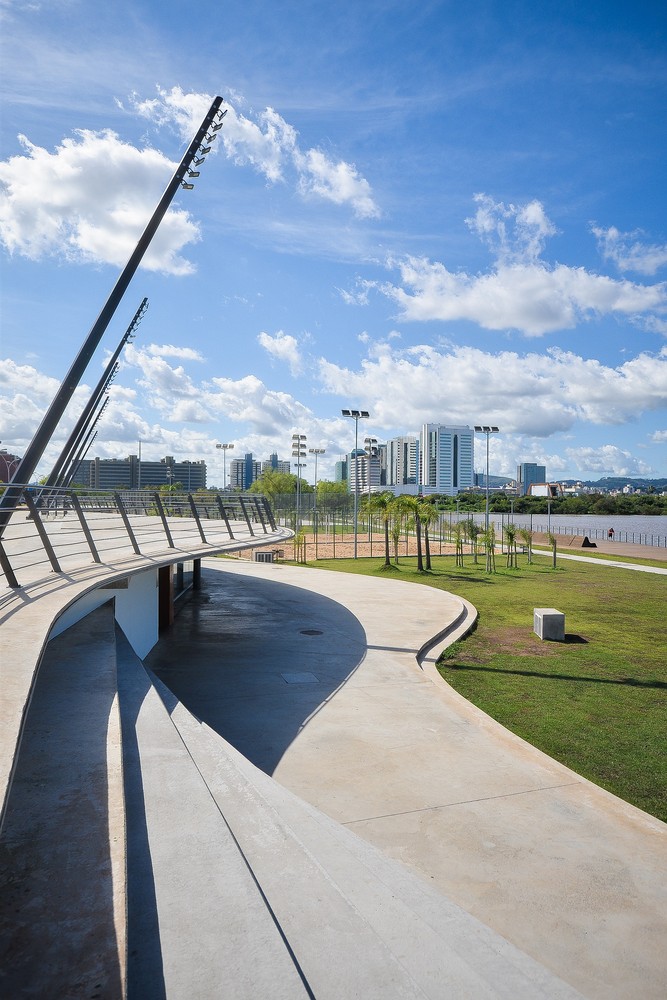DEN
2014-04-23 01:00
© Masaya Yoshimura
c.Masaya Yoshimura


工人们在天花板上凹凸不平的通道和地板相互影响的照明通道之间选择自己的工作地点。
Workers select their own place for working at a crossingpoint between concaved and convexed channels on the ceiling and floor affected lighting each other.
© Masaya Yoshimura
c.Masaya Yoshimura


家具的布置,积累的信息和谈话,激活了这一点作为一个工作空间。这间办公室拥有综合的工作空间,不仅包括室内空间,还包括室外环境,而不是室内房间。
The arrangement of furnitures, accumulated information and conversation activate this point as a working space. This office has comprehensiveworking space including not only interiors but an outdoor environment rather than indoor rooms.
© Masaya Yoshimura
c.Masaya Yoshimura


以下设计元素对于使员工的思维协调是很重要的。脚底感觉与地板接触,向上攀爬,一目了然,下楼等.
The following design elements are important as making the worker’s mind confortable. sensation of the sole contacted withfloor, climbing-up, glance vista, going down, etc.
© Masaya Yoshimura
c.Masaya Yoshimura


为了实现一间没有隔断的大房间,用叠层木材作为横梁。爱知生产的木材也被用作外墙,供当地供应和消费,作为自然友好的设计。
To realize a large room without partitions laminated lumbers were used as beams. The lumbers producted in Aichi were also utilized as exterior walls for the local supply and consumption as the nature friendly design.


以郊区气候和景观为基础,设计了分区规划中的通风路径,引入屋顶植被,为解决环境问题做出了贡献。
A ventilation path in a sectional planning was designed based on the suburban climate and landscape and roof vegetation was introduced for contribution resolving environmental problems.


























































